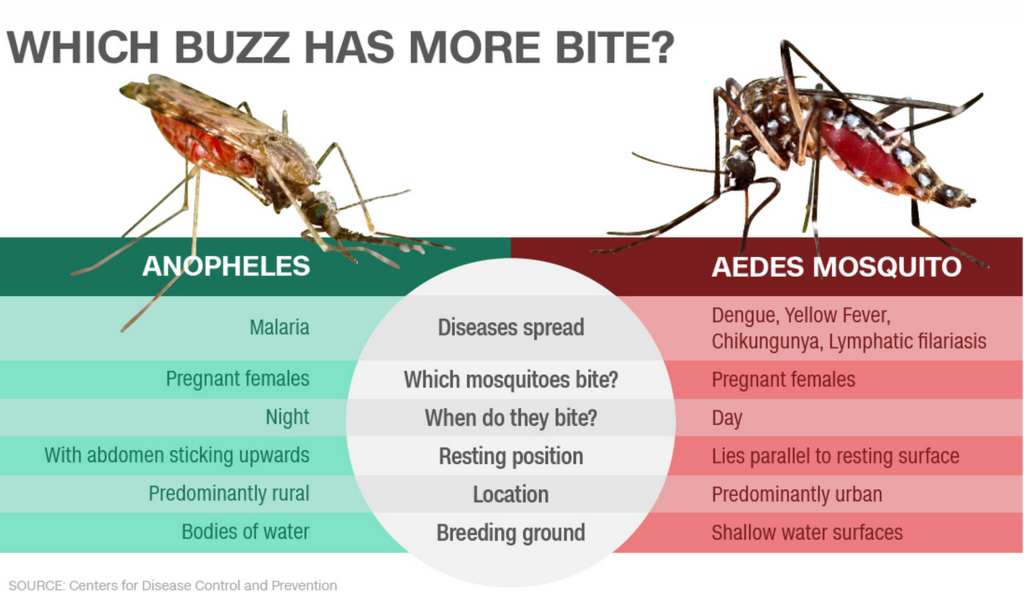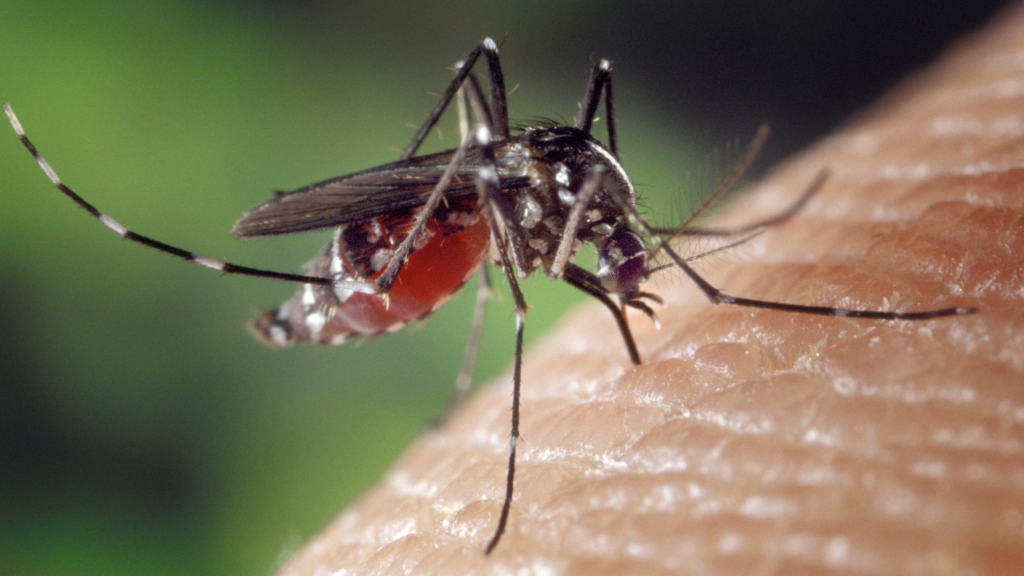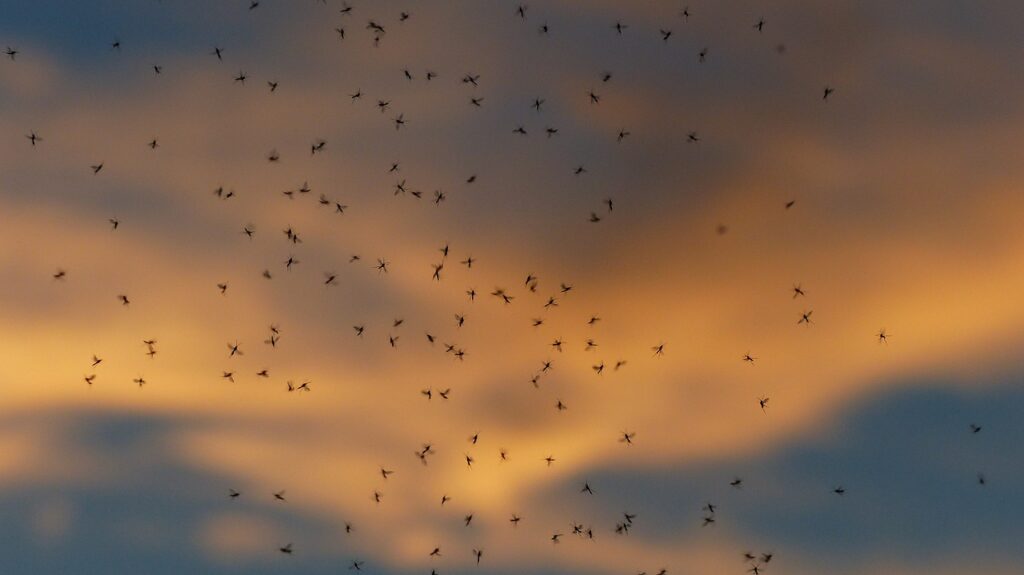Recently a man underwent 30 surgeries just because of a mosquito bite. This incident rings alarm bells of what can go wrong with just a mosquito bite. Let us try and understand what kind of lethal diseases can be transmitted via mosquitoes and how we should safeguard against them. What are the measures undertaken by people in developed economies to fight the menace of mosquitoes?
Types of Mosquitoes
| Mosquito Types | Carrier (V- Virus P- Parasite) | Breeding Ground | Bite Timing |
|---|---|---|---|
| Aedes aegypti (Dengue Mosquito) | Dengue virus, Yellow fever virus, Chikungunya virus, Rift Valley fever virus, and Zika virus | Any water body | During the day also (2 hours before sunset & 2 hours after sunrise.) |
| Aedes albopictus (Asian Tiger) | Chikungunya virus, Dengue virus, Dirofilariasis (Parasite), Zika, Rift Valley fever virus, Eastern Equine Encephalitis virus, and Yellow Fever virus | Tyre containing water, plastic containers, muddy water | Peak time is 03:00 PM to 07:00 PM Evening but it can bite during the day also |
| Anopheles | Lymphatic filariasis (Parasite), Malaria ( Parasite) | any stagnant water body near the house | 09:00 PM to 05:00 AM during sleep in the night |
| Culex | Japanese encephalitis virus Lymphatic filariasis (Parasite ) West Nile fever virus | Water polluted by organic debris | Evening & Night |


Technology in Question
This article is not about what are the types of diseases that can be caused by this insect but the technology being deployed in the developed world to curb the menace of this disease. In a globalized world, it is easy for an insect to travel across the world via shipping lanes and spread. To curtail the spread of this vector-carrying insect USA has taken an approach of science. They are using the following two approaches.
Genetic modification
- RIDL – Release of Insects carrying Dominant Genes
- new pgSIT – Precision-guided Sterile Insect Technique
RIDL Technology
Genetically engineered males will carry a gene that will pass to their offspring. This gene will kill the female offspring in the early larval stages. Male offspring will not die & they will become the carrier of the gene & pass it to future generations. As more females die the population of the region will collapse.
These types of genetically engineered mosquitoes are an alternative to insecticides. More use of insecticides on mosquitoes results in insecticide-resistant mosquitoes. To identify the introduced mosquitoes a gene that glows is also introduced in them to track the performance of the experiment.

pgSIT Technology
With this technology, a CRISPR(Clustered regularly interspaced short palindromic repeats) based approach is used to edit the gene of a male mosquito to make them sterile & render female mosquitoes flightless. CRISPR technology is used to change the genetic expression of an organism. In short, what CRISPR does is it cuts the DNA strands & replaces them with desirable programmed DNA strands.
In cutting the DNA it uses molecular scissors known as CAS9 protein. In this case, the scientists have chosen to produce flightless female mosquitoes that would render them ineffective. All the gene editing is done in male mosquitoes because after breeding the offspring will be the torch bearer of their apocalypse. These are the two technologies that are being used in the developed world. All this sounds flawless but alarm bells are ringing. Here is what the concern is all about. According to a post in Smithsonian magazine –
The Environmental Protection Agency has cleared the release of 2.4 billion genetically-modified mosquitoes in California and Florida (USA). The mosquitoes, created by biotech firm Oxitec, will be non-biting Aedes aegypti males engineered to only produce viable male offspring, per the company.
“Once released into the environment, genetically engineered mosquitoes cannot be recalled,” Dr. Robert Gould, president of San Francisco Bay Physicians for Social Responsibility, tells Mercury News. “Rather than forge ahead with an unregulated, open-air genetic experiment, we need precautionary action, transparent data, and appropriate risk assessments.”



